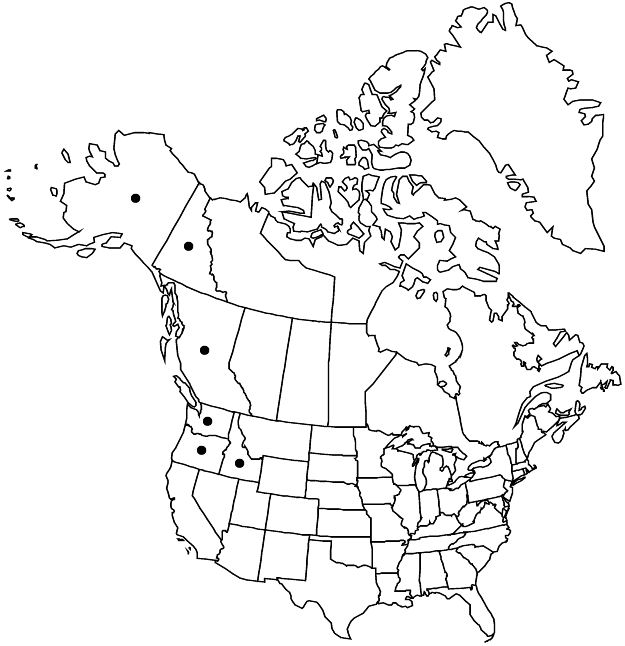Difference between revisions of "Sanguisorba stipulata"
Herb. Raf., 47. 1833.
FNA>Volume Importer |
FNA>Volume Importer |
||
| Line 60: | Line 60: | ||
|publication year=1833 | |publication year=1833 | ||
|special status= | |special status= | ||
| − | |source xml=https://jpend@bitbucket.org/aafc-mbb/fna-data-curation.git/src/ | + | |source xml=https://jpend@bitbucket.org/aafc-mbb/fna-data-curation.git/src/f6b125a955440c0872999024f038d74684f65921/coarse_grained_fna_xml/V9/V9_525.xml |
|subfamily=Rosaceae subfam. Rosoideae | |subfamily=Rosaceae subfam. Rosoideae | ||
|tribe=Rosaceae tribe Agrimonieae | |tribe=Rosaceae tribe Agrimonieae | ||
Revision as of 20:37, 24 September 2019
Plants 2–12 dm. Leaves: blade 5–35 cm, leaflets 9–15(–21), ovate-oblong to ovate or suborbiculate, to 10 × 7 cm, lengths ca. 1.2–2 times widths, base usually deeply cordate, rarely truncate, without stipels. Spikes 150–300+-flowered, cylindric, main 5–12 cm, flowering acropetal. Flowers: calyx lobes distinct, petaloid, white to greenish white, rarely cream to pinkish or slightly purple, midveins not thickened distally; stamen lengths 1–3 times calyx lobes, filaments 7–13 mm, distally flattened-clavate. 2n = 56.
Phenology: Flowering May–Sep; fruiting Jul–Sep.
Habitat: Fens, rich wet meadows, subalpine forests, avalanche tracks, gravel and scree, ravines, gorges, swamps, moist to wet meadows and forest glades, thickets, stream banks
Elevation: 0–1800 m
Distribution

B.C., Yukon, Alaska, Idaho, Oreg., Wash., e Asia.
Discussion
The taxonomic and nomenclatural treatment of Sanguisorba stipulata has varied. Plants from northwest North America and northeast Asia are not taxonomically distinguishable, a conclusion reached also by Li C. L. et al. (1994). The name S. sitchensis has been customarily applied to North American plants; the oldest name available for a taxon bridging the Bering Strait is S. stipulata. An additional taxonomic question is the relationship of this taxon to eastern North American S. canadensis. While similar and undoubtedly closely related, the two differ in several morphologic characteristics, are strongly allopatric in distribution, and are here regarded as sibling species.
Selected References
None.